Home>Gardening & Outdoor>Plant Care & Gardening Tips>Where Is The Snake Plant Native To


Plant Care & Gardening Tips
Where Is The Snake Plant Native To
Published: December 25, 2023
Discover the origins of the snake plant and learn about its native habitat. Get valuable plant care and gardening tips to keep your snake plant thriving. Explore its natural environment and ideal growing conditions.
(Many of the links in this article redirect to a specific reviewed product. Your purchase of these products through affiliate links helps to generate commission for Storables.com, at no extra cost. Learn more)
Introduction
Welcome to the intriguing world of the snake plant! Also known as Sansevieria or mother-in-law's tongue, this resilient and visually striking plant has captured the hearts of plant enthusiasts and interior decorators alike. With its upright, sword-shaped leaves and air-purifying qualities, the snake plant has become a popular choice for both homes and offices.
In this article, we'll delve into the origins of the snake plant, exploring its native habitat, historical significance, and the optimal conditions for its growth. By understanding the plant's natural environment, we can gain valuable insights into how to care for it in our own homes and gardens.
So, let's embark on a fascinating journey to discover where the snake plant originates from and gain a deeper appreciation for this remarkable botanical wonder.
Key Takeaways:
- The snake plant, native to West Africa, symbolizes resilience and vitality. Mimicking its natural habitat with well-drained soil and indirect sunlight fosters its growth and well-being in homes and gardens.
- Originating from Nigeria, the snake plant has cultural significance and air-purifying qualities. Understanding its native habitat helps create optimal conditions for its growth, promoting harmony and well-being.
Read more: Where Is The Egg Plant Native To
Description of the Snake Plant
The snake plant, scientifically known as Sansevieria trifasciata, is a perennial evergreen plant characterized by its striking, upright leaves that resemble the shape of a sword. These leaves can grow anywhere from 6 inches to 8 feet tall, depending on the variety. The plant’s foliage boasts a rich, deep green hue, often adorned with distinctive light green or yellow mottling, adding to its visual appeal.
One of the most remarkable features of the snake plant is its ability to purify the air by removing toxins such as formaldehyde, xylene, toluene, and nitrogen oxides. This makes it a popular choice for indoor spaces, contributing to cleaner and healthier air quality.
Furthermore, the snake plant is renowned for its low maintenance requirements, thriving in a wide range of conditions and tolerating neglect with ease. Its adaptability and resilience make it an ideal choice for both novice and seasoned plant enthusiasts.
Whether used as a striking focal point in a room or as a natural air purifier, the snake plant’s unique characteristics and versatility have secured its place as a beloved addition to homes and gardens around the world.
Historical and Cultural Significance
The snake plant holds a rich historical and cultural significance that spans centuries and continents. Originating from West Africa, specifically Nigeria, the plant has been revered for its medicinal and practical uses by indigenous communities for generations. In traditional African medicine, various parts of the snake plant, including its leaves and rhizomes, have been utilized to treat ailments such as headaches, hemorrhoids, and respiratory issues.
Beyond its medicinal applications, the snake plant has also held symbolic importance in folklore and spiritual practices. In Nigeria, the Yoruba people associate the plant with the deity Sàngó, the god of thunder and lightning. The plant’s resilience and ability to thrive in harsh conditions are seen as a reflection of Sàngó’s strength and endurance, leading to its association with protection and good fortune.
As the snake plant’s popularity spread globally, it found its way into various cultural traditions and beliefs. In Chinese culture, the plant is associated with the concept of “yin and yang,” symbolizing the balance between positive and negative energies. Its upward-reaching leaves are seen as a representation of vitality and growth, making it a popular choice for feng shui practices aimed at promoting harmony and prosperity.
Furthermore, the snake plant’s air-purifying properties have made it a symbol of environmental consciousness and well-being in modern times. Its presence in homes and offices is not only aesthetically pleasing but also serves as a reminder of the importance of connecting with nature and creating healthy living spaces.
Overall, the historical and cultural significance of the snake plant underscores its enduring appeal and the profound impact it has had on diverse societies throughout history.
The snake plant, also known as Sansevieria, is native to West Africa. It is commonly found in countries such as Nigeria, Congo, and Madagascar.
Native Habitat of the Snake Plant
The snake plant, or Sansevieria trifasciata, is native to the tropical and subtropical regions of West Africa, including countries such as Nigeria, Congo, and Madagascar. Within these regions, the plant thrives in a variety of habitats, from dry savannas to dense rainforests, showcasing its remarkable adaptability to different environmental conditions.
In its native habitat, the snake plant often grows in well-drained, sandy soils, allowing its rhizomes to spread and anchor the plant firmly in place. The plant is well-suited to arid environments, where it can endure periods of drought by storing water in its leaves and rhizomes, a feature that has contributed to its resilience and widespread distribution.
The warm, tropical climate of West Africa provides the ideal conditions for the snake plant’s growth, with temperatures ranging from 50°F to 85°F (10°C to 29°C). This moderate climate, coupled with ample sunlight, allows the plant to thrive and produce vibrant, healthy foliage.
Furthermore, the snake plant’s native habitat showcases the plant’s ability to coexist with a diverse range of flora, adapting to varying light intensities and competing for resources. This natural ecosystem provides valuable insights into the plant’s preferences and behaviors, offering guidance for cultivating and caring for the snake plant in different settings.
By understanding the snake plant’s native habitat, we can gain a deeper appreciation for its inherent resilience and adaptability, inspiring us to create suitable environments for its growth and well-being in our own homes and gardens.
Growing Conditions in its Native Habitat
The snake plant’s native habitat in West Africa provides valuable insights into the optimal growing conditions for this resilient botanical marvel. In its natural environment, the plant thrives under specific environmental parameters that contribute to its robust growth and overall well-being.
First and foremost, the snake plant flourishes in well-drained, sandy soils that allow for efficient water drainage and root aeration. This type of soil composition prevents waterlogging, which can be detrimental to the plant’s health, especially in regions prone to heavy rainfall.
Additionally, the snake plant exhibits a preference for moderate to bright indirect sunlight, replicating the dappled light conditions found in its native habitat. While the plant can tolerate low light conditions, it tends to thrive when exposed to ample natural light, which promotes vigorous leaf growth and vibrant foliage coloration.
The warm, tropical climate of West Africa provides the ideal temperature range for the snake plant’s growth, with average temperatures between 50°F to 85°F (10°C to 29°C). These moderate temperatures, coupled with high humidity levels, create an environment conducive to the plant’s vitality and resilience.
Furthermore, the snake plant’s native habitat experiences distinct wet and dry seasons, exposing the plant to periods of drought and water scarcity. This natural cycle has influenced the plant’s ability to store water in its leaves and rhizomes, allowing it to withstand extended periods of arid conditions without compromising its health.
Understanding the growing conditions in the snake plant’s native habitat empowers us to replicate these factors in our own cultivation practices. By providing well-drained soil, appropriate light exposure, and a suitable temperature range, we can create an environment that mirrors the plant’s natural habitat, fostering its growth and vitality.
Read more: Where Is Goldfish Plant Native To
Conclusion
The snake plant, with its captivating appearance and remarkable resilience, has captivated plant enthusiasts and cultural traditions alike. Originating from the tropical and subtropical regions of West Africa, including countries such as Nigeria, Congo, and Madagascar, the plant has thrived in a diverse range of habitats, showcasing its adaptability and endurance.
Throughout history, the snake plant has held significant cultural and spiritual symbolism, playing a role in traditional medicine and folklore in its native regions. Its association with protection, vitality, and environmental consciousness has transcended borders, making it a cherished addition to homes and gardens worldwide.
By understanding the snake plant’s native habitat and growing conditions, we gain valuable insights into its preferences and behaviors, enabling us to create optimal environments for its cultivation. Mimicking the well-drained, sandy soils, moderate to bright indirect sunlight, and suitable temperature range found in its native habitat allows us to foster the plant’s growth and well-being with precision and care.
As we continue to appreciate the snake plant’s origins and cultural significance, we are inspired to cultivate a deeper connection with nature and create spaces that promote harmony and well-being. Whether it’s thriving in the arid savannas or the lush rainforests of West Africa, the snake plant serves as a testament to nature’s resilience and the enduring beauty of botanical diversity.
So, as we invite the snake plant into our homes and gardens, let’s honor its heritage and celebrate the rich tapestry of history and culture that has shaped this extraordinary botanical wonder.
Frequently Asked Questions about Where Is The Snake Plant Native To
Was this page helpful?
At Storables.com, we guarantee accurate and reliable information. Our content, validated by Expert Board Contributors, is crafted following stringent Editorial Policies. We're committed to providing you with well-researched, expert-backed insights for all your informational needs.



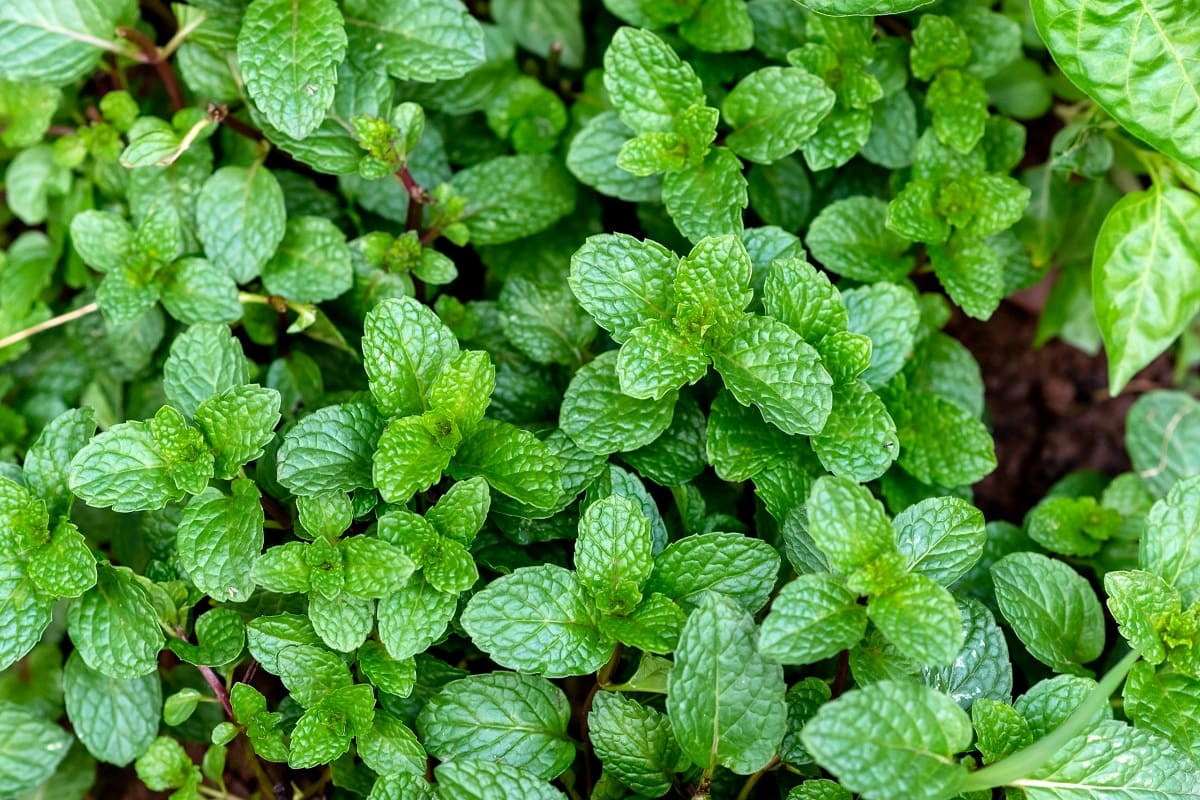


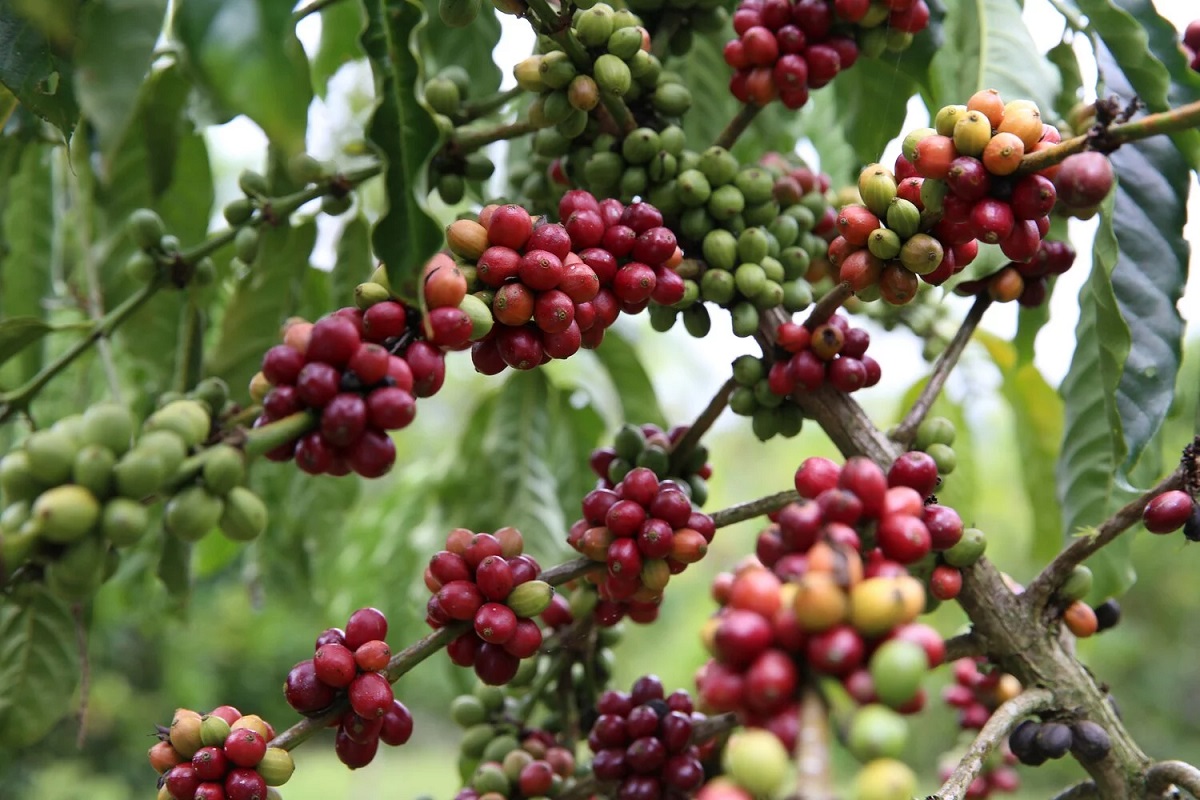
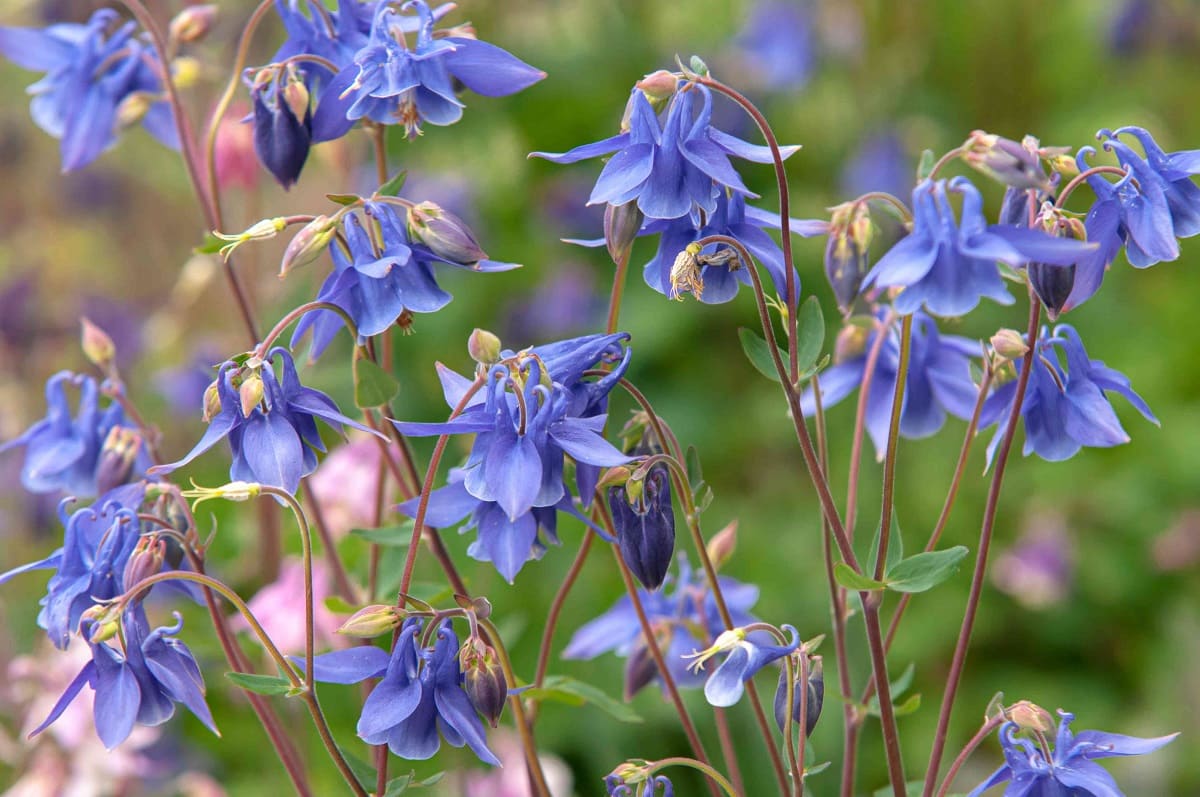

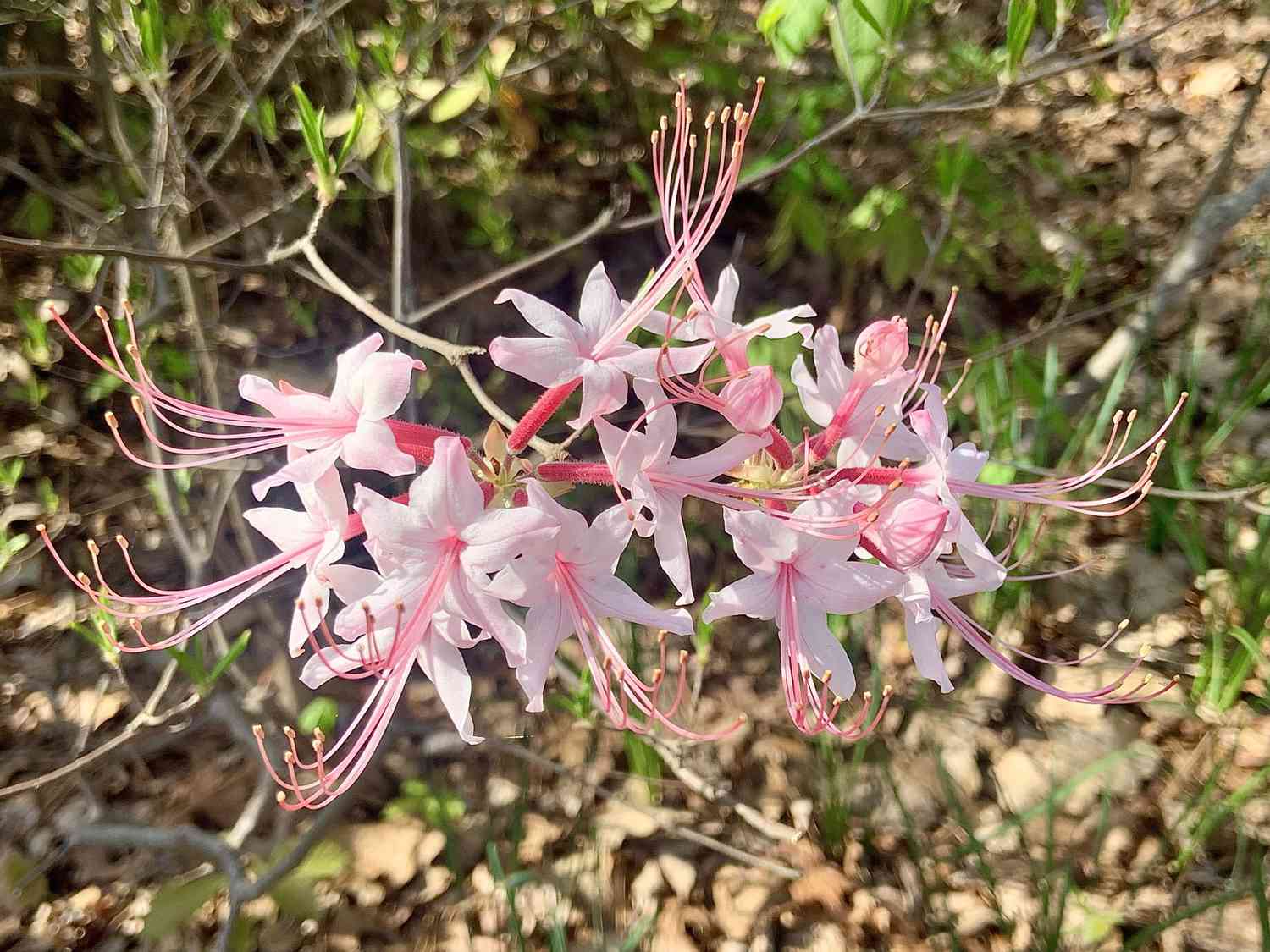

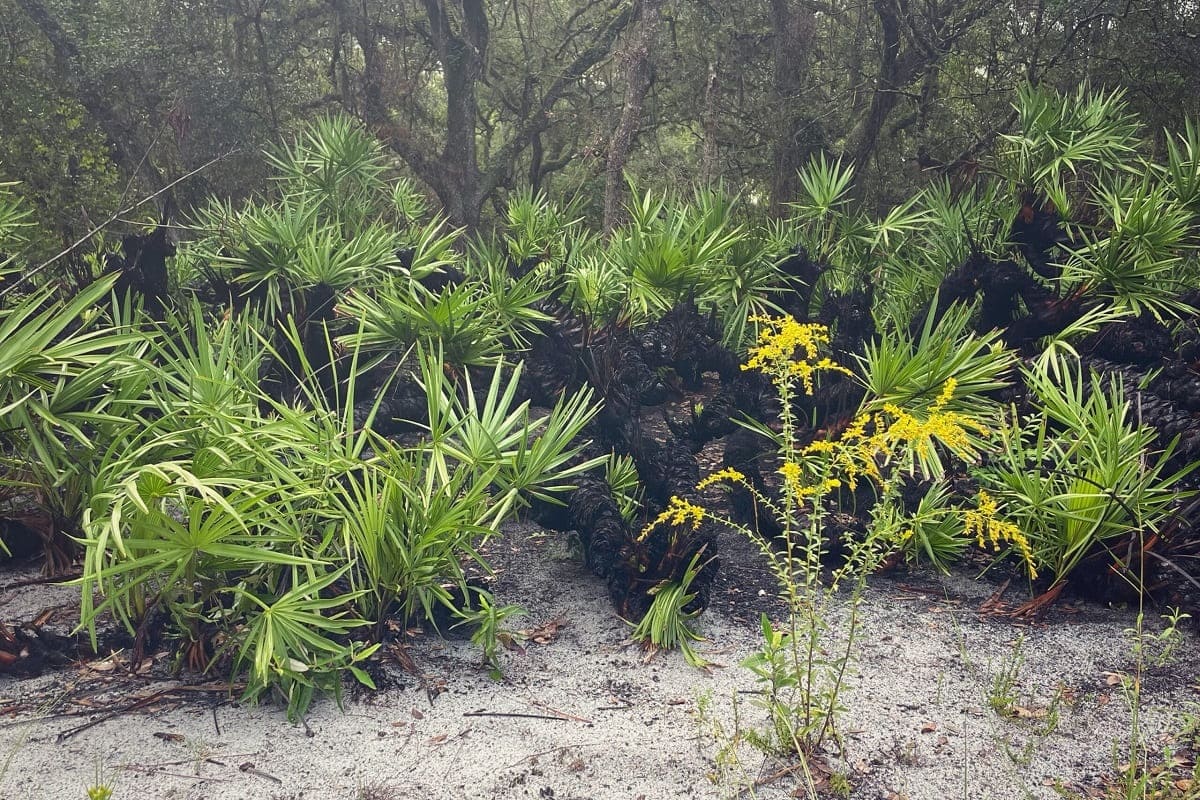

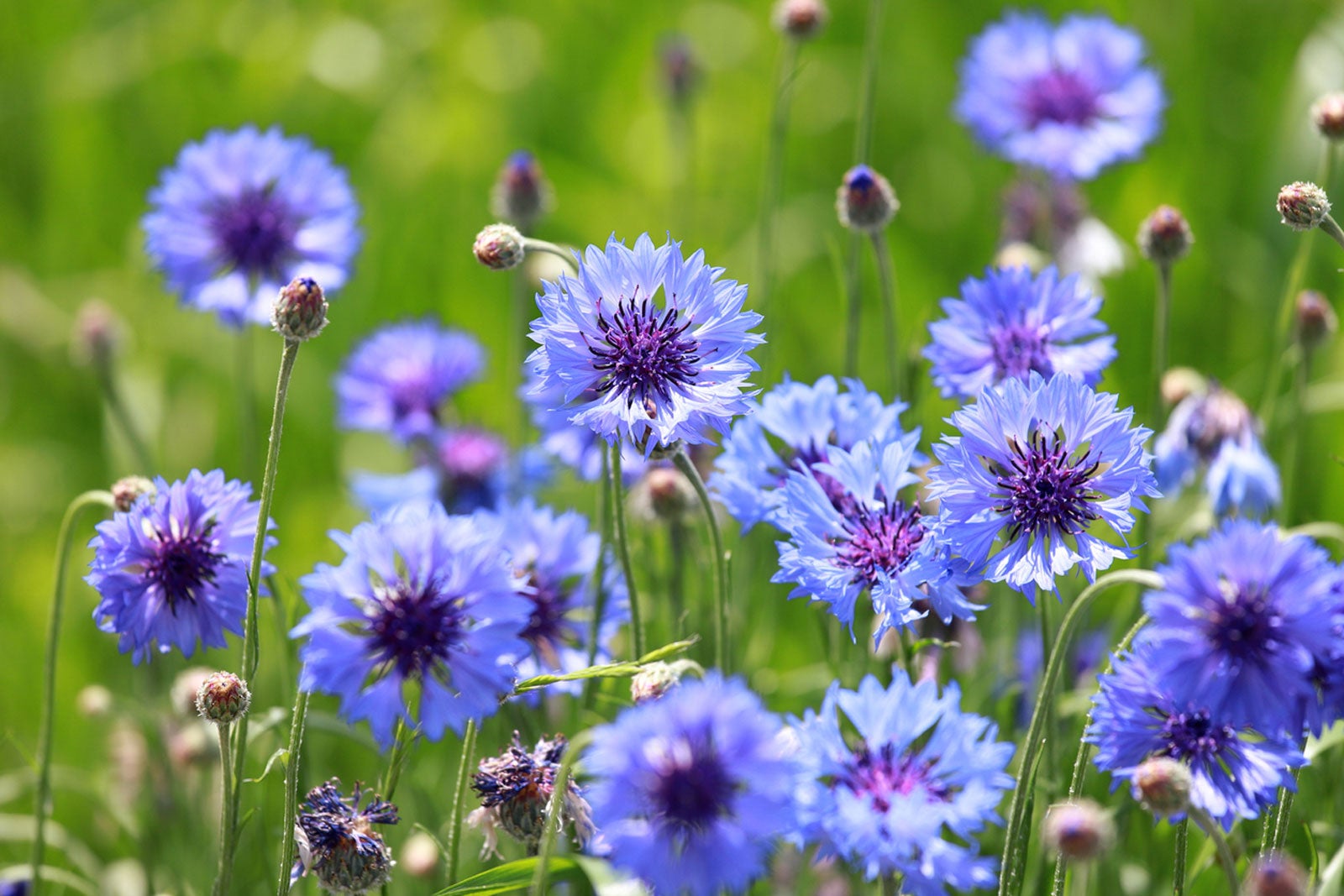

0 thoughts on “Where Is The Snake Plant Native To”